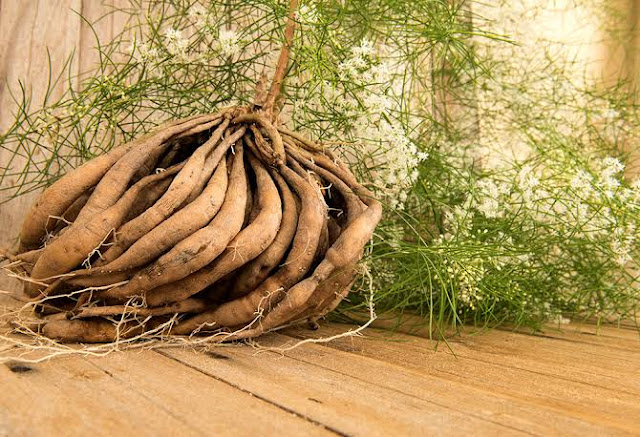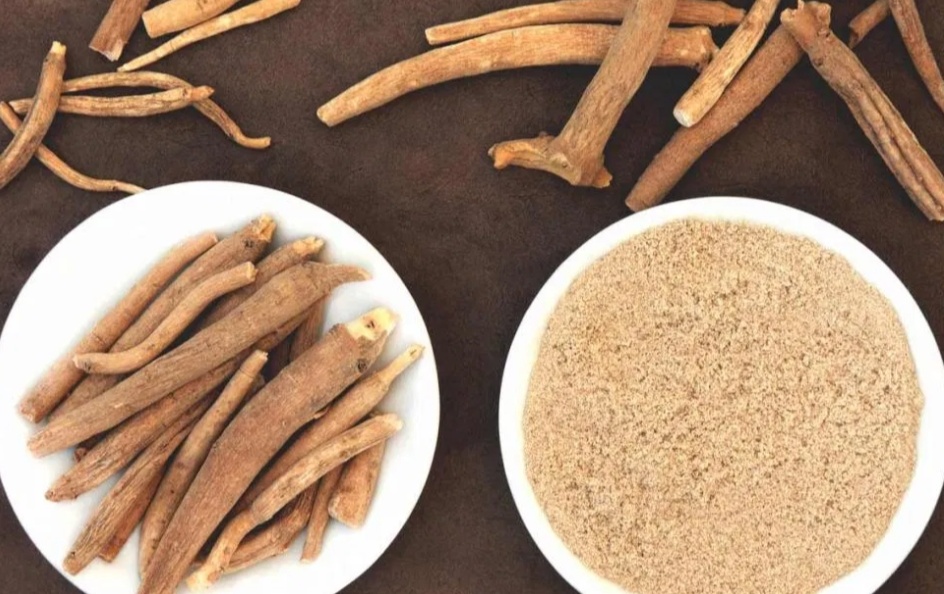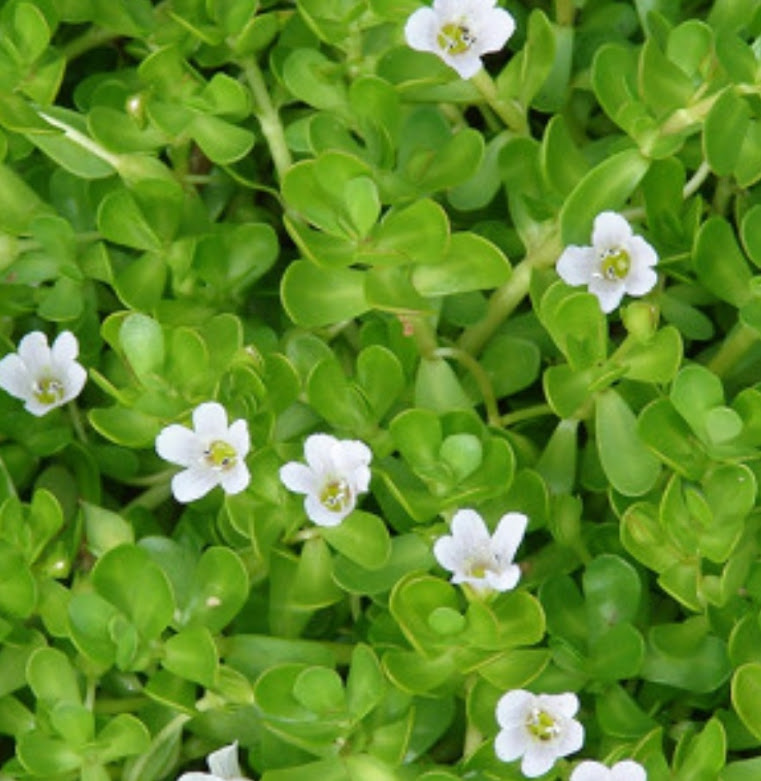Everything that you should know about Pitta Dosha
Pitta Dosha
Pitta Dosha functions
Digestion and metabolism
We already have learnt how Ayurveda explains process of digestion. Pitta is directly involved with digestion and metabolism. This is not only restricted to the level of stomach and intestines, it also extends to cellular level. Like using up of nutrients at the the cellular level to produce energy etc are controlled by Pitta Dosha. So, all processes involving digestion and metabolism, at both digestive track level and at cellular level is performed by Pitta Dosha.
Maintenance of body temperature
Because Pitta means hotness, it keeps the body hot and healthy. Hence, all the conditions where there is increase of temperature, as in inflammation, fever, etc, there is Pitta involvement.
Vision
Fire is also related with light. Vision is always correlated with light. Hence, it is a Pitta function.
Skin complexion and aura
Pitta, blood tissue and skin are interconnected. the skin complexion, aura and skin health are directly controlled by Pitta Dosha.
Hunger, thirst, appetite
Initiation of hunger and thirst and appetite control is handled by Pitta Dosha. Usually person with Pitta body type has more hunger and thirst.
Intelligence, courage, valor
Light is also compared with knowledge, as it takes away darkness / ignorance. Hence, all mental activities pertaining to intelligence, courage and valor are controlled by Pitta Dosha. The person with Pitta body type has more of these mental features.
Click here for more information about Tridosha
Qualities of Pitta –
- Unctuousness
- Intense, deep penetrating
- Hot
- Light
- Foul smelling
- Flowing
- Liquid
- Pitta (in touch and quality) is hot (hot). is a liquid. The color is of yellow (yellow) and indigo (blue) color. This is the essence of Sattvaguna. Rasa is bitter (charp) and tikta (bitter).
• The pitta that resides in the skin produces radiance (prabha) in the skin and digests (shopana) the paste and abhyanga applied on the outer skin of the body. This is called 'bhrajak' pitta.
• The bile that resides in the liver (liver) makes blood by rubbing the juice. It is called 'Rakhak' (rubber) Pitta.
• The bile that stays in both the eyes. Krishna Pitadi) gives knowledge of forms, he is called 'critic' (shower) pitta.
• The pitta which gives to Medha (perception) and Prajna (intellect) while staying in the heart is called 'Sadhak' Pitta. Thus by distinction of name and karma, bile is of five types.
Location of Pitta
Pitta is predominantly located in middle portion of body, between heart and navel. This is hot zone of body where digestive fire is located. It includes digestive structures including stomach, duodenum small intestine and pancreas.
- Nabhi – umbilicus
- Amashaya – stomach
- Sweda – sweat
- Lasikam – serum / plasma / lymph
- Rudhiram – blood
- Rasa – blood plasma
- Drik – eyes
- Sparshanam – skin
- The main location of Pitta in the body is the umbilicus (Nabhi).
40 diseases caused by Pitta Dosha
- Dhumodagar - (feeling of smoke coming out of the air due to belching).
- Vidah (It causes burning sensation in hands, feet, eyes etc.).
- Ushnangatva (warmth of body parts).
- Hallucinations (the intellect gets confused by the excessive increase of bile).
- Kantihani - (yellow feeling with discoloration in body colour).
- Gout- (drying of the intestine).
- Mouthshup - (Drying of the mouth).
- Hypospermia (lack of semen).
- Tikshyata- (having a bitter taste in the mouth).
- Acidity - (Taste of mouth remains sour).
- Swedesrao (excessive sweating).
- He may vomit - (ripening of the body due to excess of bile).
- Question- (Exhaustion without effort).
- Haritvarnatva- (It is green in color when there is bile in the stool).
- Satisfaction - (There is no satisfaction in food).
- Yellow gatarata- (the limbs will be yellow).
- Bleeding (haemorrhagic tendency).
- Agdaran- (Daranvan Pida in Ego).
- Lohagandhasyata - (smell of iron while exhaling).
- Dorgandhya - (appearance of foul smell in sweat).
- Pitumurata - (yellowing of urine).
- Aarti- (being of emptiness).
- Pittavikta- (yellowing of purine).
- Pitrivalokan - (seeing yellow as yellow).
- Gallstones (yellowing of the eyes).
- Cholecystitis (yellowing of teeth).
- Shitecha- (lust for cold matter and forever gilt air).
- Peetankhata (yellowing of the nails).
- Tejodvepa- (Dipping with very bright objects).
- Hyposomnia - (slight sleepiness).
- Gatrasad - (lack of strength in the limbs).
- Differentiation- (Purip coming into liquid form
- Blindness - loss of light.
- Ushnochhavas- (heating of the respiratory air).
- Thermostat- (heating of urine).
- Thermostat (touchability of stool). .
- anger - (to be angry)
- Tamsodarshan (vision of darkness).
- Yellow Mandala Darshan - (seeing the yellow 2 circles).
- Nishatva- (lack of stamina).
Etiological factors for vitiation of pitta
- Excessive consumption of pungent, sour and salt tastes, foods predominant in these tastes
- Excessive consumption of hot, corrosive and irritant foods
- Excessive consumption of chillies, sour curds, fermented drinks
- Excessive exposure to heat of fun or fire
- Excessive anger
- Excessive starvation
- Excessive indulgence in sex
- During autumn season, middle part of day and digestion
Diet, lifestyle activities and exercises
- Consumption of ghee / medicated ghee
- Consumption of milk
- Foods which are cold and conducive to heart
- Foods and medicines which have sweet, bitter and astringent taste should be consumed
- One should avoid pungent, sour and salty foods, hot foods
- Getting exposed to moonlight and cool breeze, hearing pleasant music, cold comforts,
- One should avoid being anger, stressful and anxious
- Indulging in likeable and lovable activities
- Wholesome and friendly talks with friends, relatives and kids
- Company of loving wife who has adorned herself with coolant pastes of herbs, garlands and wet clothes
- Spending time near sprinklers or fountains, staying in underground homes or rooms, walking in gardens, walking on sand on banks of water
If you want to give more suggestion in this, then comment us, we will replay your comment.
If you like this post, then share it and follow us on Instagram (@healthyeats793) and many thanks for coming to our site Healthy eats
keep visiting
Follow us
1) Instagram
2) Facebook
3) Pinterest
🙏🙏Subscribe and share for latest updates 🙏🙏
More posts from our site
Refrence :
1) Sharangdhar Samhita
2) Charaka Samhita
3) Sushruta Samhita
4) Ayu. 2011 Jan-Mar; PMCID: PMC3215408
5) Int. J. Res. Ayurveda Pharm. 10 (1), 2019






Thank you for providing this information to us. Do you know What happens when you drink a smoothie everyday ? . A quick sip of smoothie has a lot of benefits if you include it in your diet.
ReplyDelete